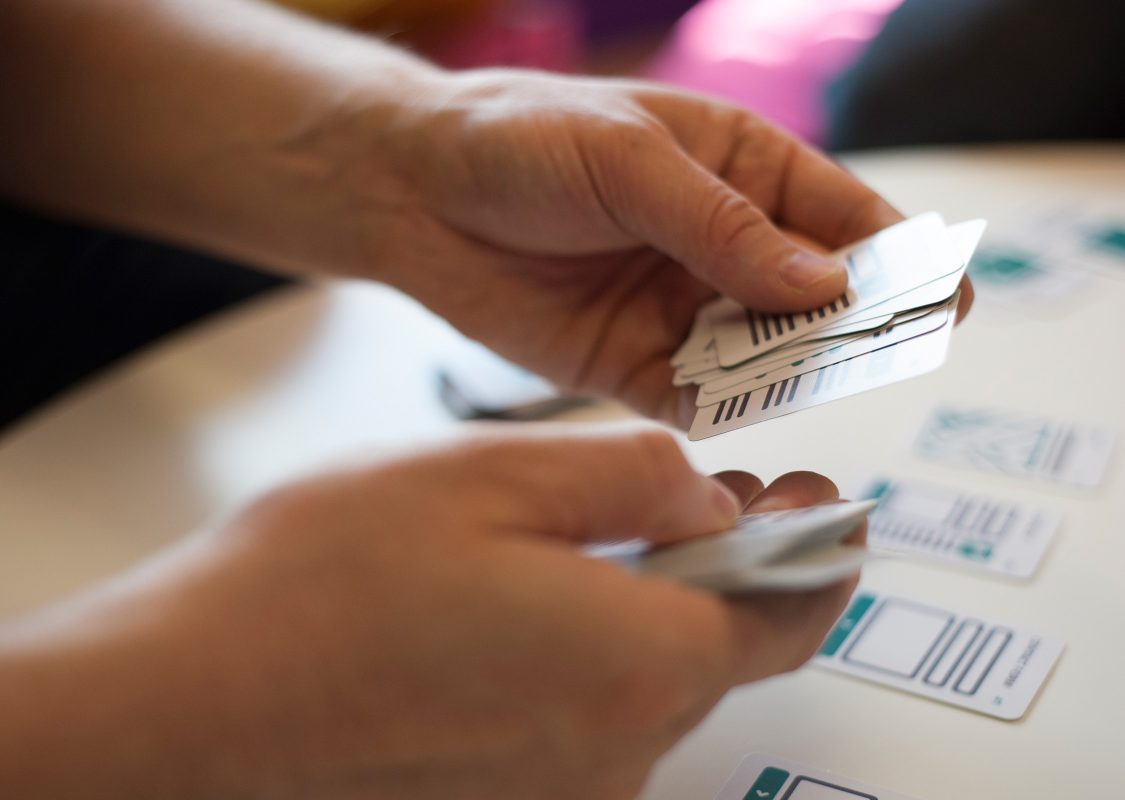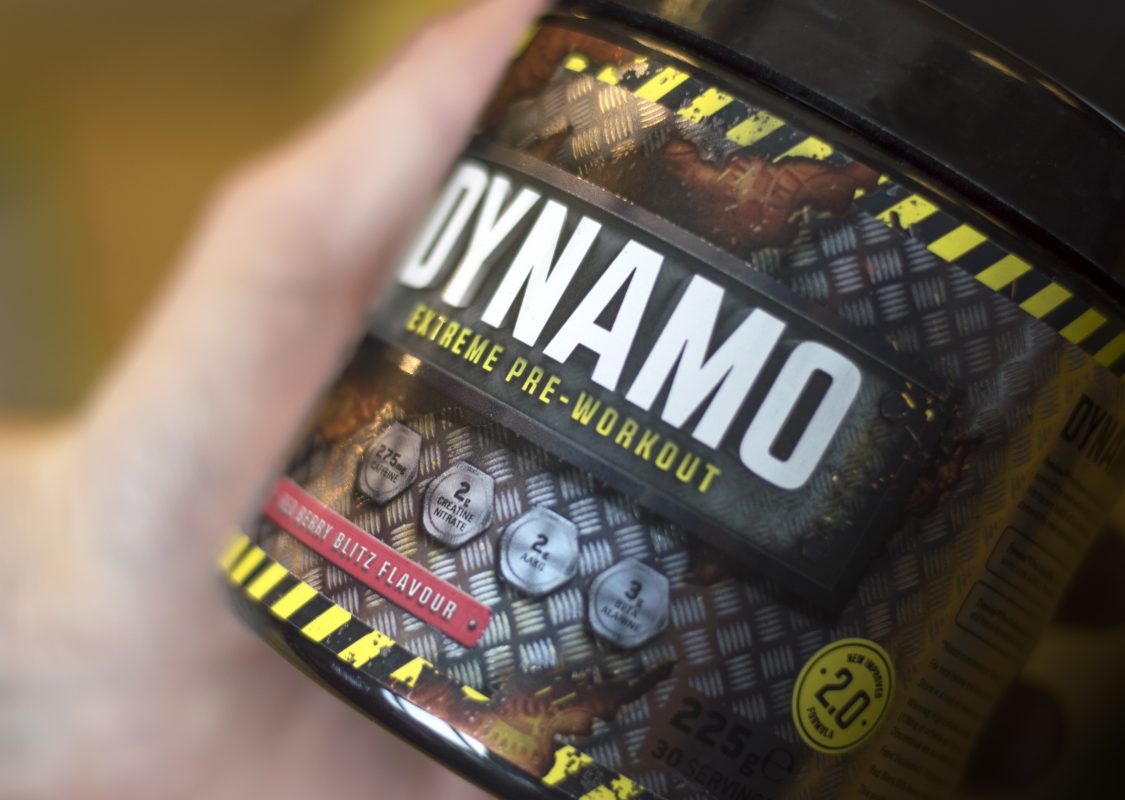Fear no colours
By Frauke / Industry /We’ve all heard about it one way or another – colour theory. Especially us designers who work in the industry. Sometimes people believe it’s a foolproof way to guarantee success, but sometimes it’s better to colour outside the lines – pun definitely intended. Rather than going the traditional way and playing it safe, why not take your inspiration from somewhere else other than a textbook? Colours can be found everywhere – use this to your advantage and create a palette that’s unique to you and your business.
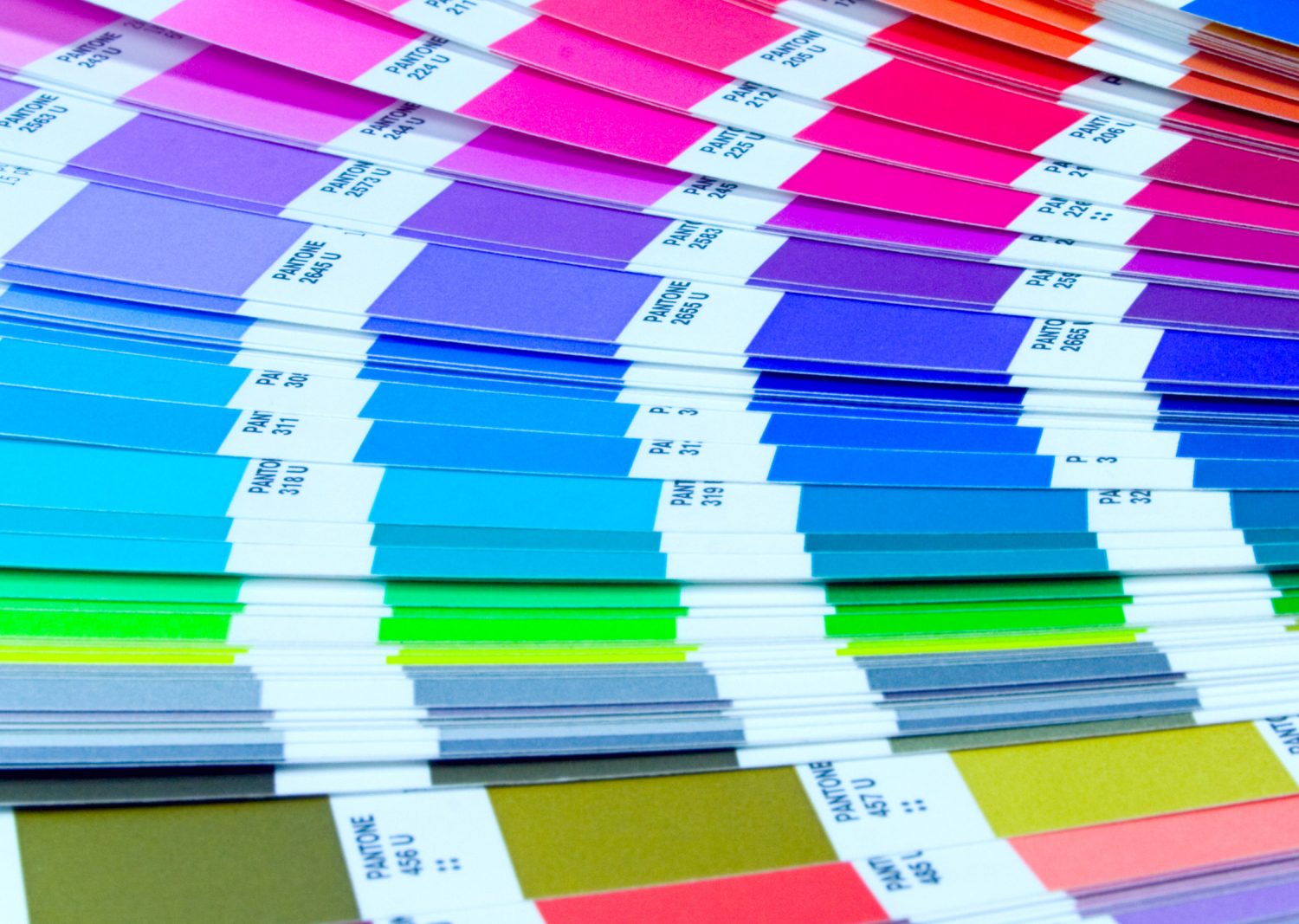
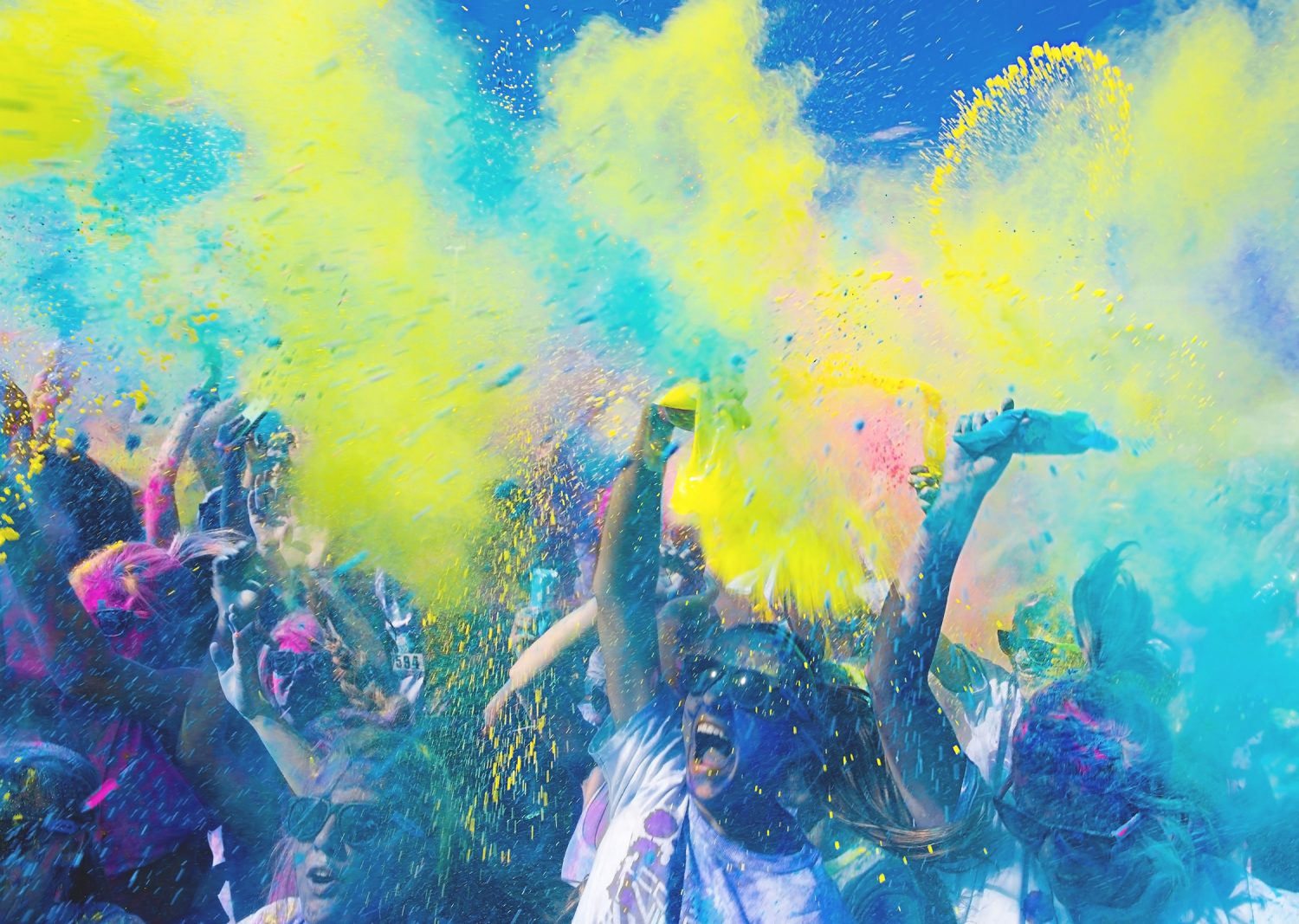
Colour: a marketing tool
The colour theory is used in a lot of areas of life and mostly goes undetected, such as medication and public lighting. It goes without saying that colour plays a major role in the visual appearance of products and their branding, and has therefore become an important factor in marketing.
For example: Doctors practices’ preferred colour is blue as it conveys competence and high quality. A health food shop like Holland & Barrett use green, as it’s associated with health and nature. These choices are made to tie the consumer’s needs for the product to a certain emotion.
Even though there is a scientific mechanism behind these choices, the effectiveness of this is highly dependent on how it is used and the audiences it tries to appeal to.
While it’s not necessarily a bad thing to follow these rules, it does create a massive pool of samey branding that blend together within their sector. But isn’t the point of a brand to stand out and leave the competition in the shadows?
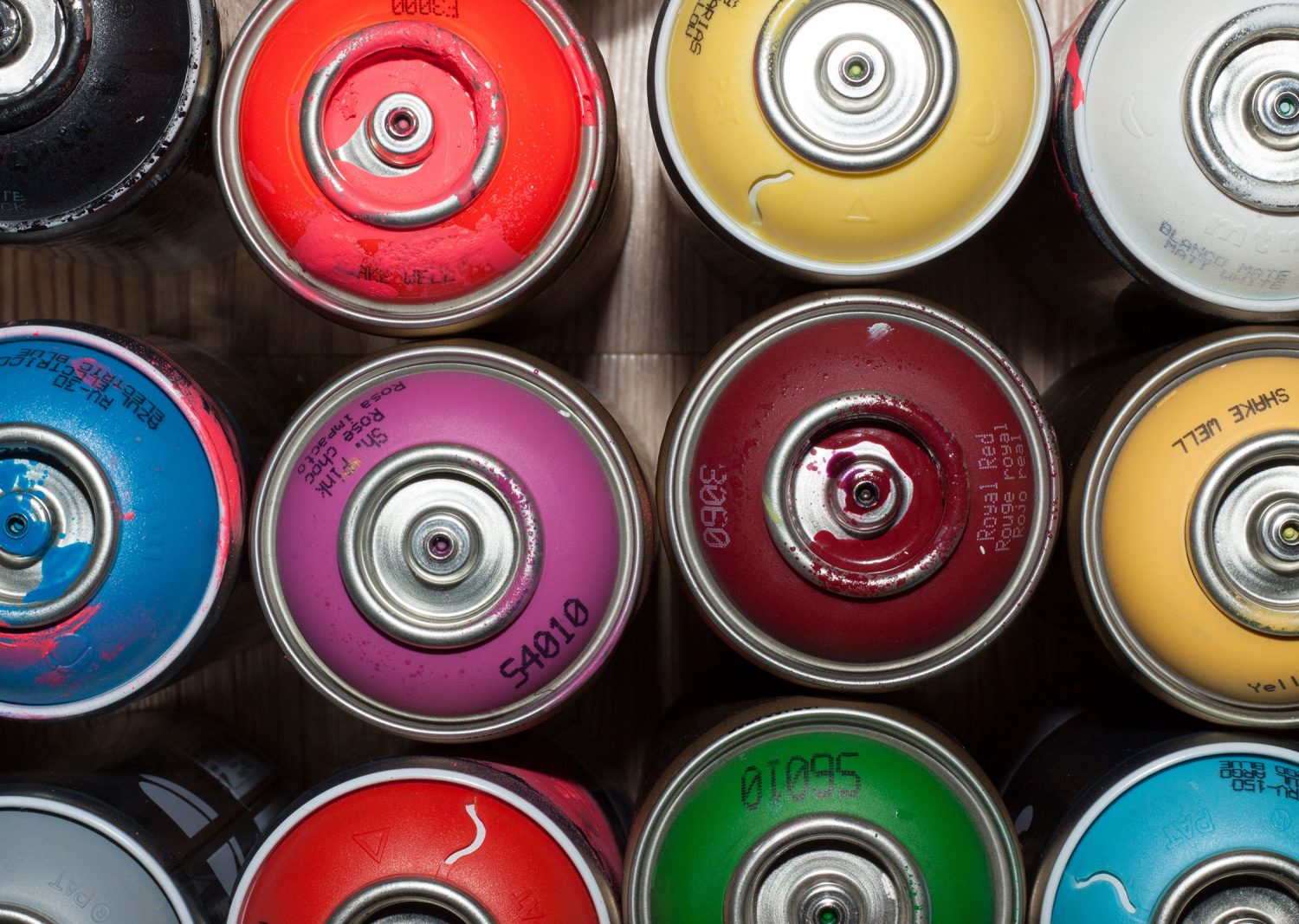
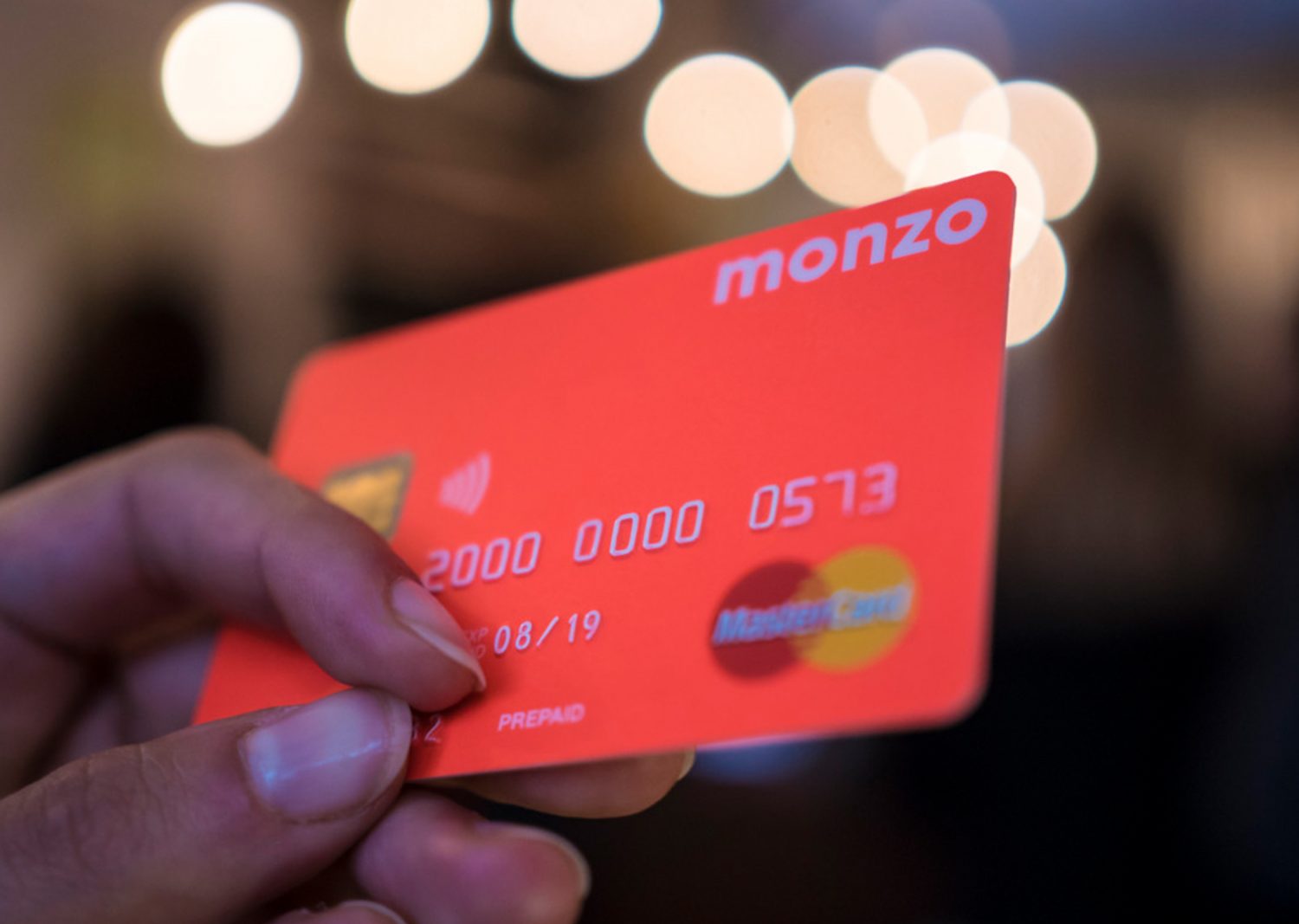
Be bold, be bright
How do we avoid drowning in this vast sea of colours, without losing what we stand for? The key point here is to choose colours that might originate from the same group you’d typically go for, but making them loud, bold and bright. Take Monzo as an example: While their general corporate design is clean and slick, their product – the actual bank card – is a neon orange that’ll grab everyone’s attention.
Orange is generally associated with excitement, enthusiasm, and warmth, but by choosing the brightest option out there, they take in the full potential of human perception and most importantly: attention. Some Hideout members are using these themselves and receive comments frequently about their bright bankcard. So, not only have Monzo managed to portray the feelings they want you to feel, but they also get people talking!
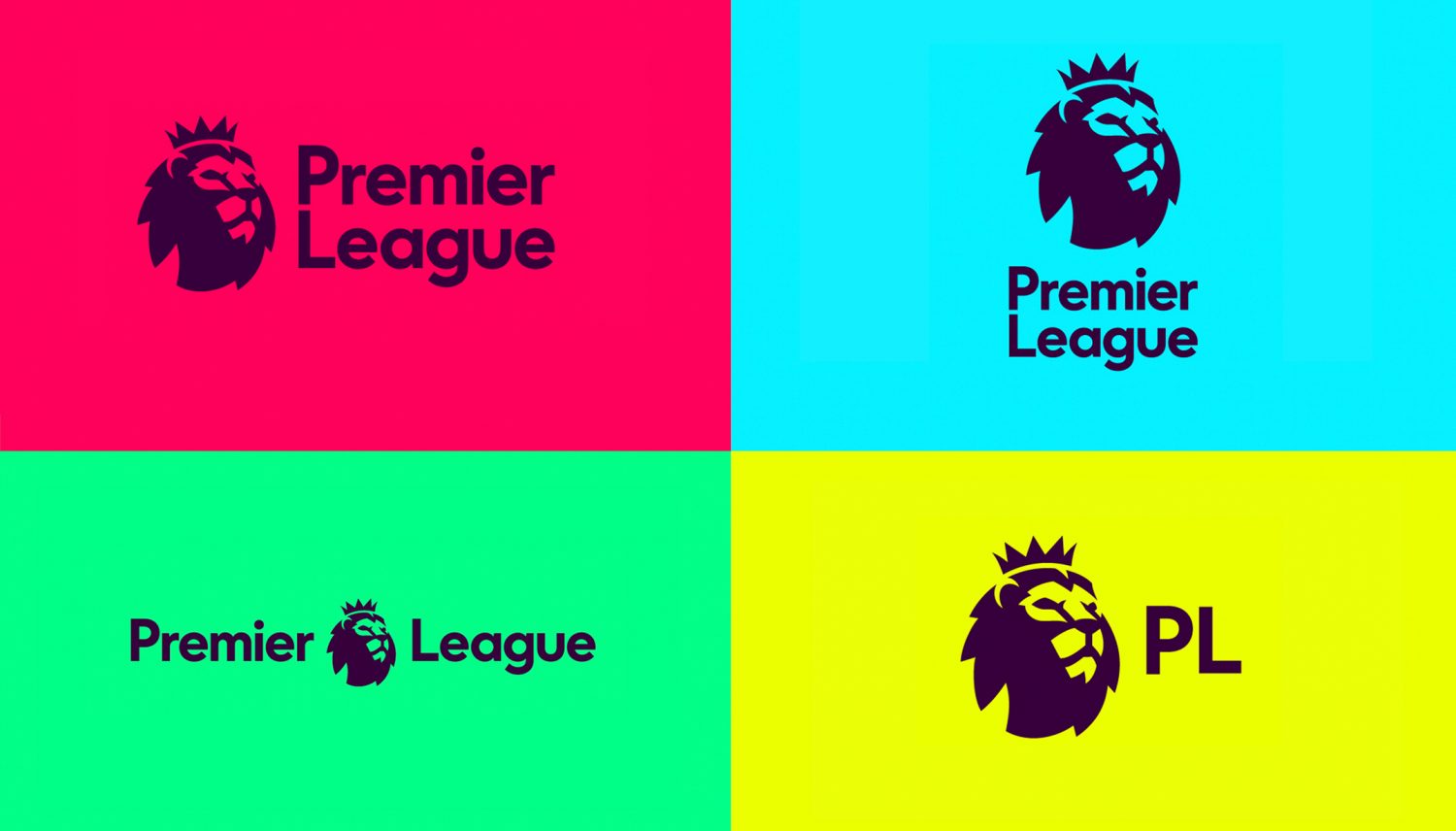
A win for branding
When DesignStudio launched the new branding for the Premier League in 2016, creative football fans everywhere were celebrating, not only about the long overdue rebrand, but about the incredible execution of the gigantic task to give such an established, well-loved brand a new face.
While Monzo is a good example of colour usage to lead your eyes to their product, the Premier League takes it to a whole new level. They’ve kept the old primary colour – a dark blue/purple, but extended their colour palette with incredibly well chosen neon colours. Besides grabbing your attention straight away, they picked blue, pink, yellow and green that not only work on their own, but also when you combine them – what more could you want?
With their unique colour palette they manage to create a cohesive and recognisable brand, which not only meets all imaginable expectations, but also makes the competitors look completely out-of-date.
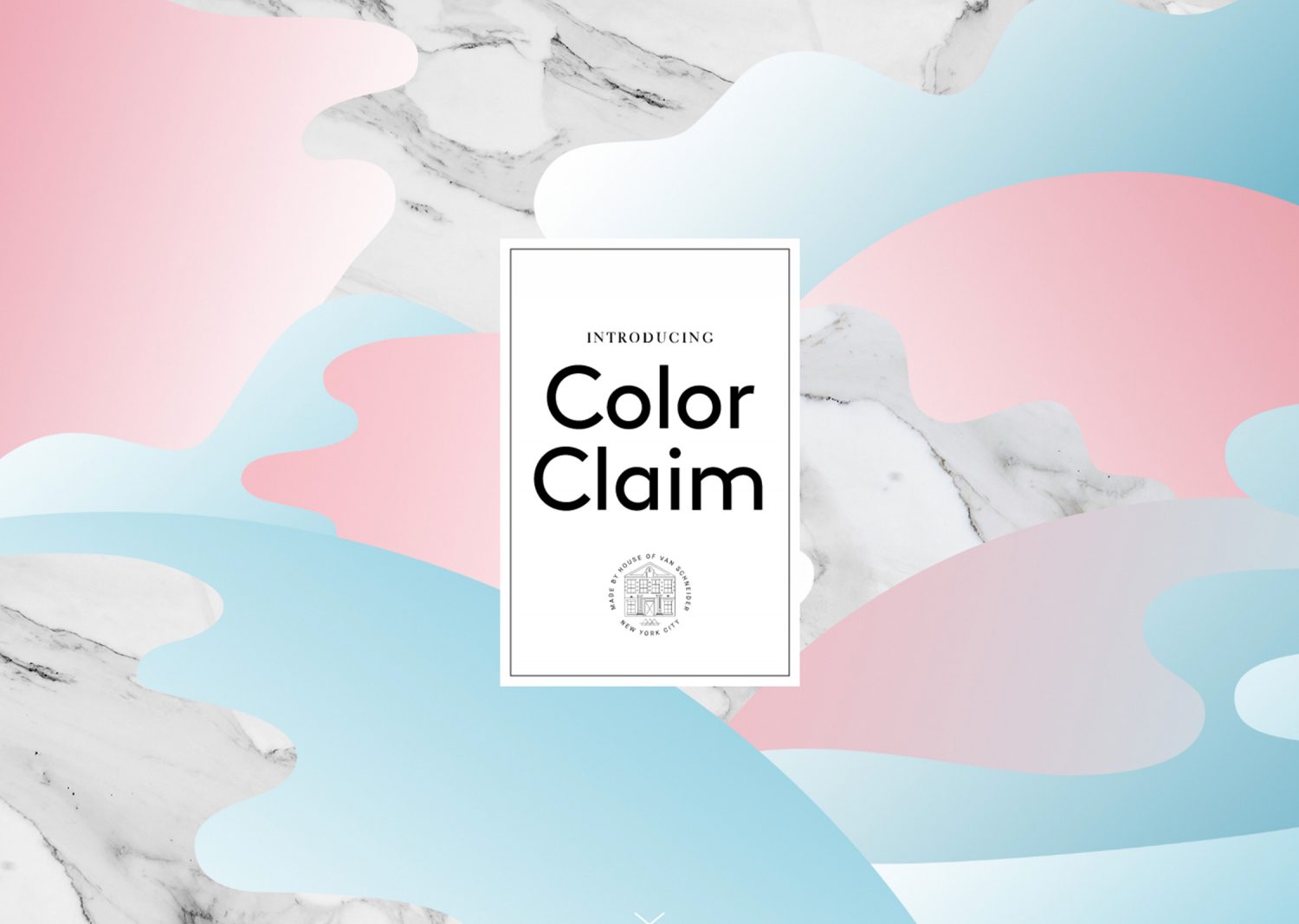
The secret
There is a lot more to a branding job than just colours, but if you haven’t picked the right ones, you’ll undersell the rest of your work. When exploring colours, start off with the basic colour group you want to have and then start playing! Don’t stop at the colour theory and choose any blue – throw in some pink and black to make it darker and warmer. Going for pink? Add red into the mix and you’ll get a vibrant raspberry colour, which by the way would look awesome with that dark blue you created earlier!
If you’re really struggling, one of our favourite bearded designers Tobias Van Schneider posts some killer colour combos. Take a look and get some inspiration: www.vanschneider.com/colors
